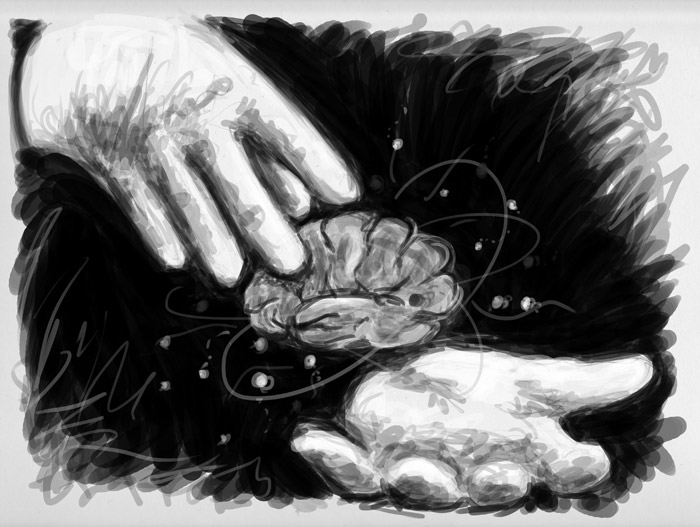Many young boys and girls wake up on their 11th birthday hoping to hear an owl rapping at their window, inviting them to attend Hogwarts School of Witchcraft and Wizardry. While most remain mere Muggles to this day, there are a few who claim to have learned the art of magic.
“When I was five years old, I was at a furniture store and this dude came up to me and pulled a coin from my ear and [then] made it vanish,” explained Master’s of psychiatry student Jay Olson.
It was this interaction that inspired Olson to start doing magic. But it was while pursuing a Bachelor’s of Psychology at Simon Fraser University in Vancouver that Olson really began to see the links between psychology and magic.
“I learned that [what] they teach us in psychology is similar to what magicians do [with] things about attention and memory,” Olson explained.
At that time, researchers at the University of British Columbia (UBC) were beginning to explore these concepts, which prompted Olson to reach out. The research team—composed of professor Ronald Rensink, then-student Alym Amlani, and Olson—published their work, “Influencing choice without awareness” last week in Consciousness and Cognition. The whole project started with change blindness.
“In change blindness, you show a participant a picture on the screen, you make it go away for a second, and then you bring it back,” Amlani said. “And what [Rensink] found is that if you introduce a blink in between the picture and the changed picture, it takes them a while to notice the change.”
Rensink had also been exploring why people need to be actually paying attention to see things. This is what magicians exploit during their tricks—influencing their audience without the audience even realizing it. To prove this, the team began performing tricks, both inside and outside the lab. But first, they had to pick the type of trick they were going to do.
“We chose card magic because it’s a common thing magicians use, and at the time, no one had really published anything on [it],” Olson said.
The trick involved taking a deck of cards, flipping through it while having the participant look at the deck and then pick a card. Olson would then return the deck of cards to its box and hand it to the participant and ask them to name the card they had picked. The card they chose would then be written on the barcode of the card box. He was extremely successful—98 per cent of the time, the person picked the card he wanted them to pick.
“[After,] there were three questions that we would ask them,” Olson said. “First, which card did you choose? […] Did you have a free choice, or not? And why did you choose that card?”
Despite Olson’s 98 per cent success rate in being able to influence his participants to choose his card, 91 per cent of them believed they had made the choice of their own free will.
“If you talk to the average person on the street and asked them if they think it’d be possible to make you choose the card, most of them would say, ‘Probably not,’” Amlani said.
In reality, the brain responds to certain cues and environments that allow magicians to predict and influence people’s decisions. What’s puzzling is that these effects are less pronounced in lab environments.
“When you do it in the lab, you only get 30 to 40 per cent, as opposed to the 98 per cent when I walk up to you and do the trick in person,” Amlani said. “There’s a bunch of social factors that come into it [….] There are a lot more things to pay attention to.”
Understanding how the brain reacts subconsciously to environmental cues is extremely important when it comes to real-life situations like marketing, where something like a product’s packaging can make a consumer more likely to pick one over the other.
“The science of magic is not about revealing the secrets of how magic works, but about looking at how magicians are able to do the things they [can] by learning about the brain,” Amlani said.








